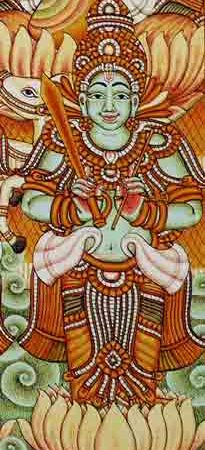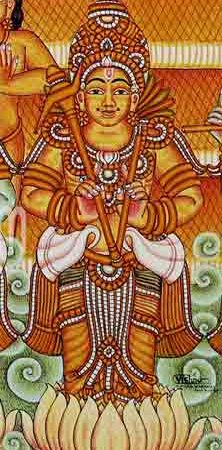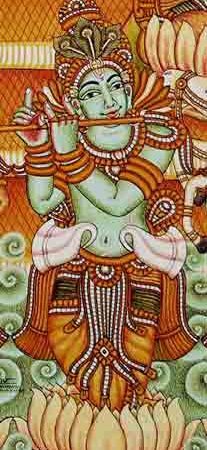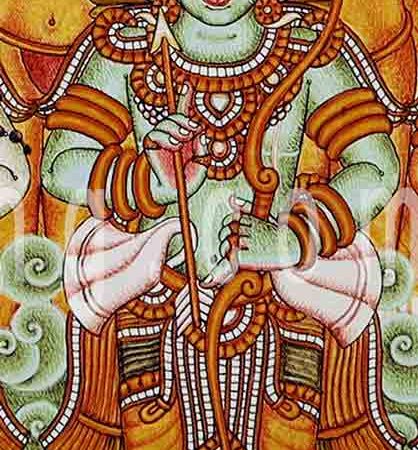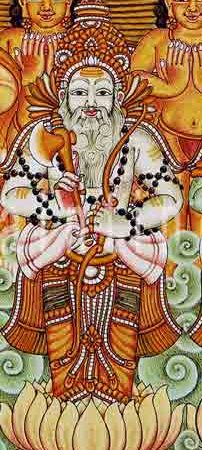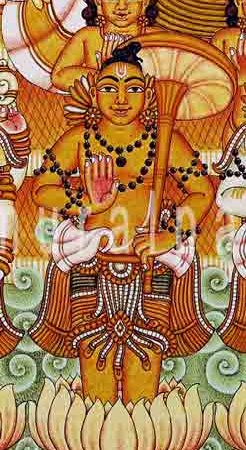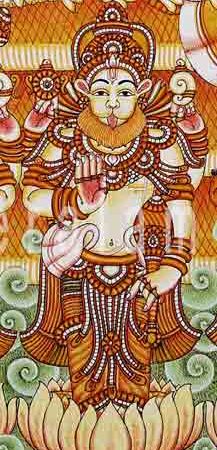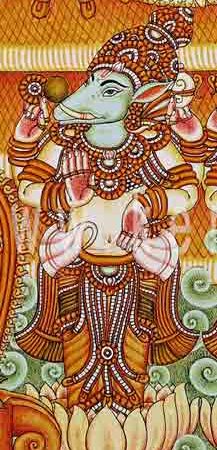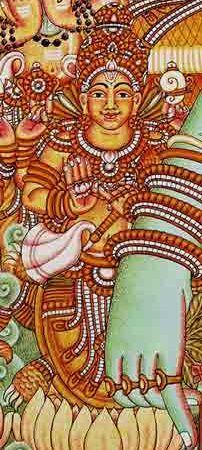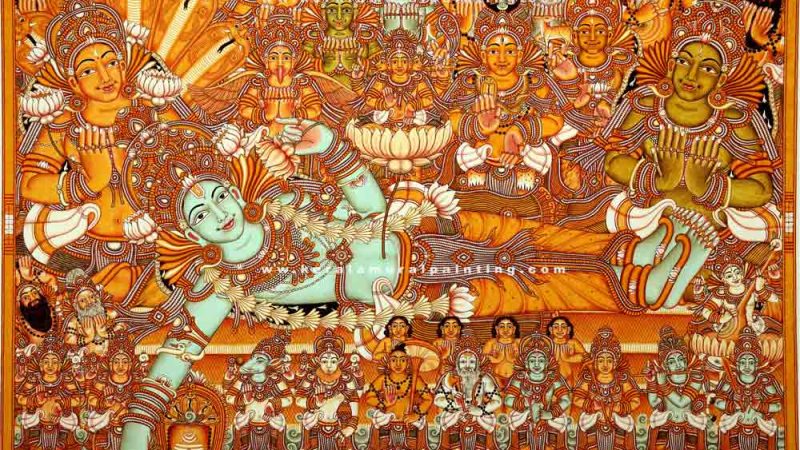KALKI AVATAR(THE FINAL AND FUTURE AVATAR)
Lord Vishnu’s Kalki avatar is the final incarnation of Lord Vishnu that is yet to come. The Kalki avatar is said to appear at the end of the current age, known as the Kali Yuga. It is believed that the avatar will vanquish the demon Kali, who is said to embody all that is evil […]
PARASHURAMA(RAMA WITH AN AXE) AVATAR
In order to restore balance and justice to the world, Lord Vishnu incarnated as Parashurama and set out to eliminate the corrupt Kshatriyas. He travelled the land, destroying any Kshatriya who was oppressing the people and restoring the power to the Brahmins. He fought and defeated many powerful kings and warriors and is said to […]
KRISHNA AVATAR
Lord Vishnu’s avatar, Krishna, was born to a royal family but raised in a cowherd community in Vrindavan. He was prophesied to defeat King Kamsa, who had imprisoned his parents and sought to kill him. Despite several attempts by Kamsa to kill Krishna, he was protected by divine powers and eventually defeated Kamsa in a […]
RAMA AVATAR
Lord Vishnu’s Rama avatar is the story of prince Rama from Ayodhya who was banished to the forest for 14 years, where he faced many challenges including the abduction of his wife Sita by the demon king Ravana. With the help of an army of monkeys and bears, Rama rescued Sita and defeated Ravana in […]
PARASHURAMA(RAMA WITH AN AXE) AVATAR
In order to restore balance and justice to the world, Lord Vishnu incarnated as Parashurama and set out to eliminate the corrupt Kshatriyas. He travelled the land, destroying any Kshatriya who was oppressing the people and restoring the power to the Brahmins. He fought and defeated many powerful kings and warriors and is said to […]
VAMANA (DWARF) AVATAR
The legend of Lord Vishnu’s Vamana avatar tells the story of a demon king named Mahabali, who was just but his growing ego led him to challenge the authority of the gods. Lord Vishnu, in the form of a dwarf Brahmin named Vamana, asked Mahabali for a small piece of land, no larger than the […]
NARASIMHA(MAN-LION)AVATAR
The fourth avatar out of the 10 avatars of Lord Vishnu was the Narasimha avatar in which Vishnu appears in a half-human and half-lion form. The legend behind it is found in the Hindu scriptures, specifically in the Bhagavad Purana and the Vishnu Purana.According to the legend, Lord Vishnu took the form of Narasimha to […]
VARAHA(BOAR) AVATAR
Among Lord Vishnu’s Dashavatara, the Varaha avatar is the boar incarnation wherein he rescues Mother Earth(Bhudevi) from the harmful clutches of a demon king named Hiranyaksha. In the story, Lord Vishnu, in the form of Varaha, descended into the ocean to rescue Bhudevi (the earth) from demon king Hiranyaksha who stole her and hid her […]
KURMA(TORTOISE) AVATAR
Among the 10 incarnations of Vishnu, the Kurma avatar is also considered to be one of the most important avatars of Vishnu. Kurma is the tortoise incarnation of Lord Vishnu, who appeared to help the devas (gods) and asuras (demons) in the churning of the cosmic ocean of milk (Ksheera Sagara) to obtain the nectar […]
EXPLORING THE DASHAVATAR
Lord Vishnu is one of the principal deities in Hinduism and is known as the preserver of the universe. He is often depicted as holding a conch shell and a discus(Sudarshana Chakra) and is usually shown with four arms. Vishnu is considered the second god in the Hindu trinity, alongside Brahma (the creator) and Shiva […]

